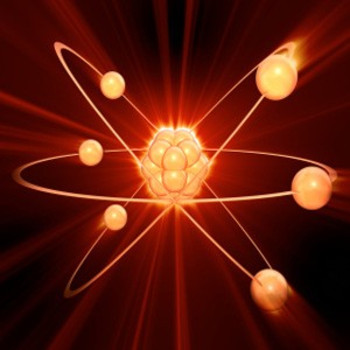In cellular respiration, what is being oxidized and what is being reduced?
1 Answer
Explanation:
Oxidation and reduction is about the transfer of electrons:
- oxidation = a molecule loses electrons
- reduction = a molecule gains electrons
An important part of cellular respiration is the transfer of electrons. In the first two phases of cellular respiration (glycolysis and Krebs cycle) electrons are transferred to a carrier molecule. In the third phase (electron transport chain) the electrons are taken from the carrier and used to make energy (ATP).
The carriers are:
- Nicotinamide adenine dinucleotide
#"NAD"^+ + "2H" + 2 e^- " " harr " " "NADH" + "H"^+# - Flavin adenine dinucleotide
#"FAD" " "+ "2H" + 2 e^- " " harr " " "FADH"_2 #
The molecules
Electrons are coming from molecules in glycolysis and the Krebs cycle, these are being oxidized :
- glyceraldehyde-3-phosphate
- pyruvate
- isocitrate
#alpha# -ketoglutatrate- succinate
- malate
In the last phase of cellular respiration, the electron transport chain,

